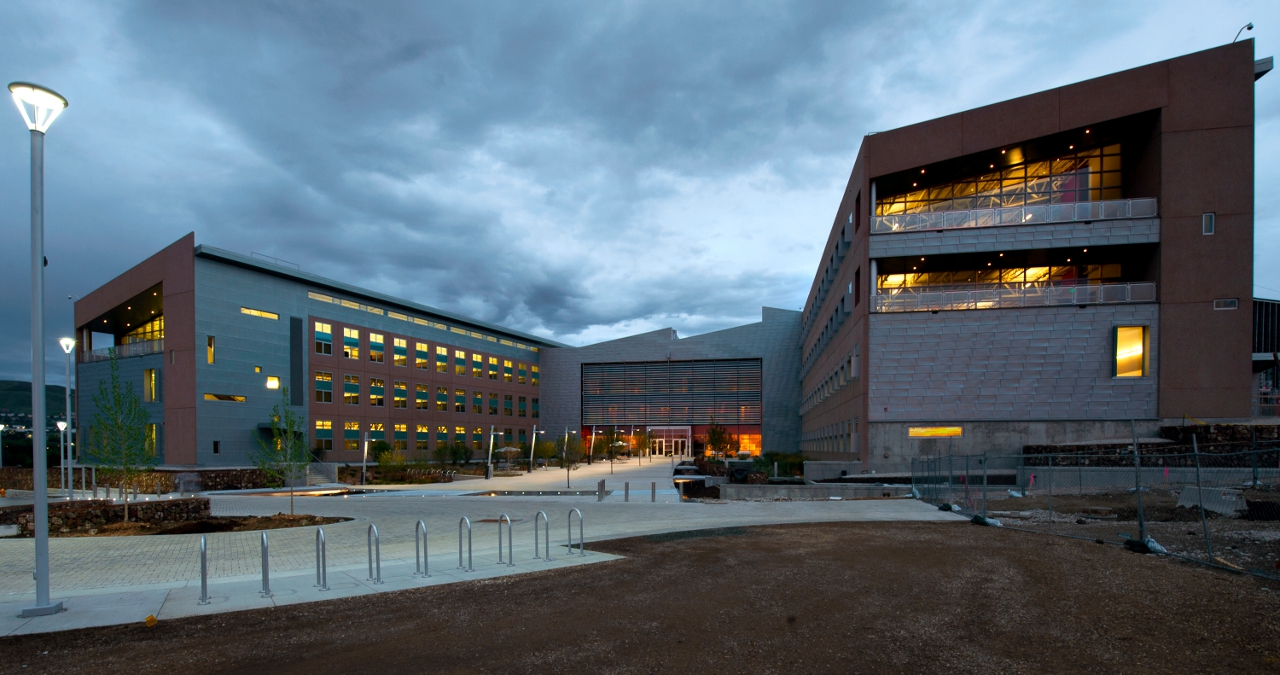I don't pretend to be seriously knowledgeable about Indian architecture, but anyone who reads this blog would note that I am fond of the place, and I like to use its architecture as a touchstone for more global issues. And so it is with great pleasure, that I came across this particular entry on ArchDaily.
I have never heard of the Delhi based practice
Architecture Discipline, but it is clear that its principals and staff are engaged at a very sophisticated level with the discourse of critical regionalism, and that their work embodies a more subtle than usual mastery of some of the pressing issues for incorporating traditional materials and crafts into contemporary building construction in India.
The project is a new boutique hotel very close to the spectacular Jain temples of Ranakpur in the Indian state of Rajasthan. It isn't very far from places where I have been intimately involved with work that covers some of the same ground. Last Christmas I revisited the Udaivillas Hotel in Udaipur, several times voted the best hotel in the world, and the masterwork of friends of mine, Nimish Patel and Parul Zaveri of Abhikram. I have written about their work before: their Singh Havelli in Amber was seminal in local restoration practice, while the Udaivillas is the epitome of a grand project to dignify the architectural traditions of Rajasthan, generating meaningful application of the local building and decorative craft skills. But as a contribution to a larger discourse, the project is always going to be handicapped by its recognisably traditional formal vocabulary.
In contrast, the Mana Ranakpur is small, and at first glance relentlessly contemporary in its skillion roofed, linearly planned forms, and its material palette disciplined into tight planar compositions. But reading the architects' description and tracing the unusually generous drawings and photographs, one comes to understand the depth to which the designers have sought resolution by reference to local environmentally sensitive building traditions, overlaid with appropriate contemporary technologies.
I just wish I had known about the project when I drove by within a few
hundred metres of it, after my sensual overdose on the white marble
wonders of the temples nearby. That said, the post on ArchDaily is so good that my abstracting it would be wasted. The reader really is better off by reading the full article
here.






